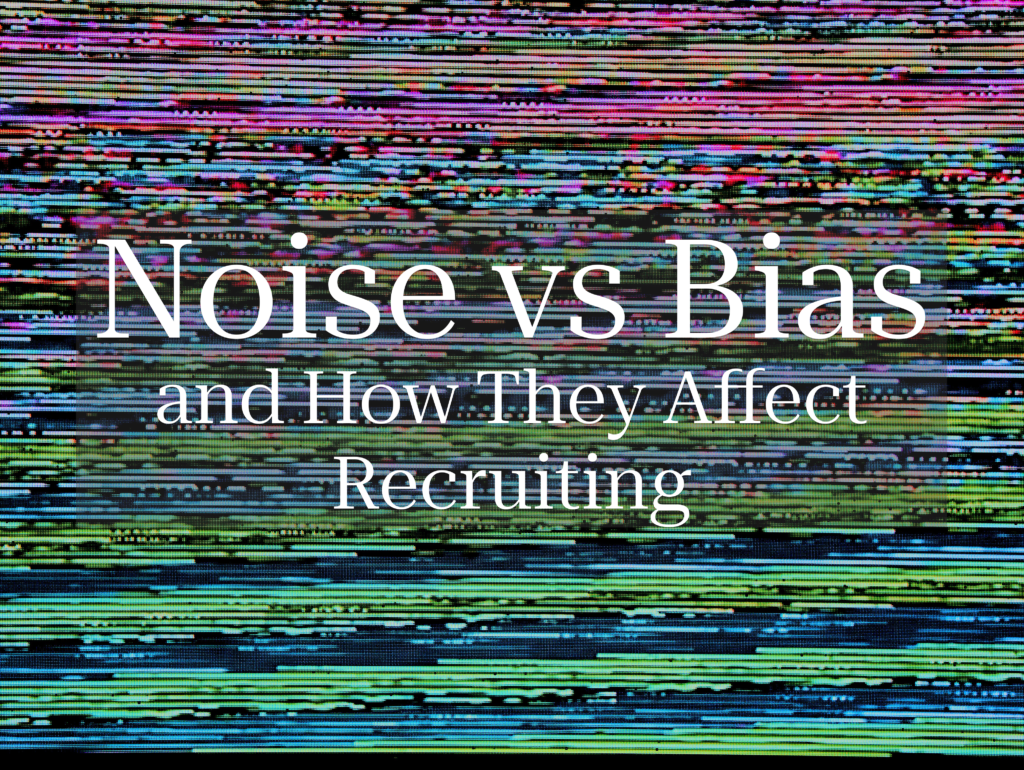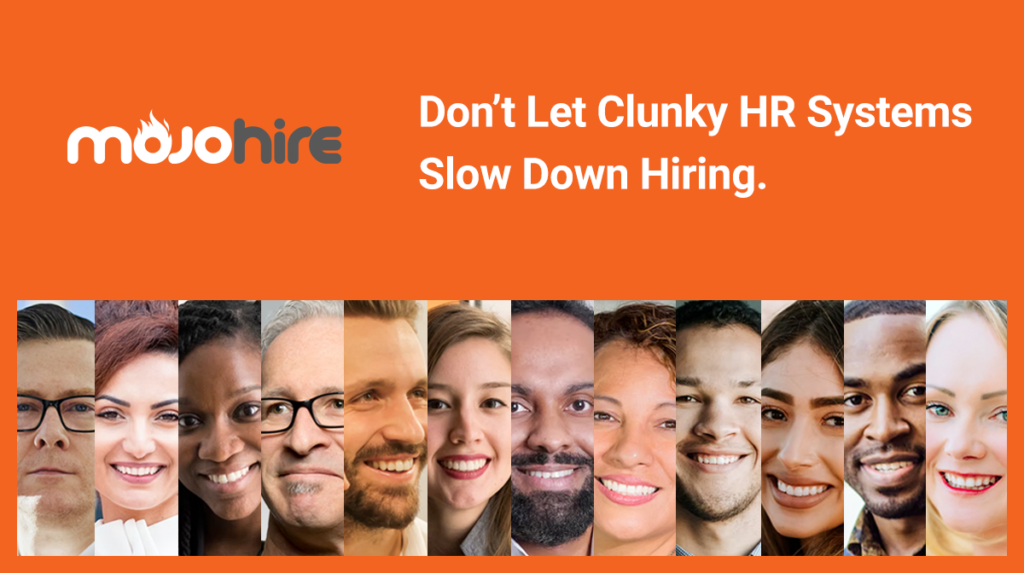The world of talent acquisition is undergoing a seismic shift. What was once a time-intensive, manual process is increasingly being streamlined by powerful AI tools. From identifying the right candidates to improving diversity, reducing bias, and even predicting future talent needs, AI recruiting tools are quickly becoming the backbone of modern TA strategies.
These trends are set to make recruiting faster, fairer, and more effective than ever. Let’s dive into the future of recruitment.
1. AI Recruiting Tools for Candidate Sourcing and Screening
AI has continuously redefined how companies source and screen candidates over the past few years, and this trend will continue in 2025. Manually sifting through hundreds or even thousands of resumes is, as all recruiters know, a time-sucking, tedious process that’s often inconsistent and prone to human error. Especially these days, with “one-click to apply” features on nearly every job board, recruiters are drowning in applications almost immediately after posting an open role.
Fortunately, with AI-powered sourcing and screening tools, these struggles are becoming a thing of the past as recruiters can now identify top talent with more speed and precision. Still, some AI sourcing tools are more accurate than others. While many AI matching tools are simply powered by Chat GPT, Fastr.ai’s proprietary contextual matching technology goes beyond keywords, understanding the entire candidate profile holistically. By recognizing synonyms and understanding the relationship between words, sentences, and paragraphs, our AI can analyze candidates more accurately.
AI-powered screening tools are increasingly being used to streamline the interview process. These tools can conduct initial interviews, assess candidates’ skills, and provide real-time feedback. By automating certain aspects of the interview process, AI can help reduce bias, improve efficiency, and enhance the candidate experience.
2. AI-Enhanced Candidate Engagement
AI is transforming candidate engagement by creating more personalized, efficient, and responsive interactions throughout the entire hiring process. AI-powered chatbots, virtual assistants, and personalized engagement templates are already helping recruiters manage high volumes of candidates by providing 24/7 support and ensuring that candidates remain engaged at every stage.
By leveraging natural language processing, these tools can provide personalized job recommendations and tailor engagement to each candidate’s needs. This not only improves the candidate experience but also frees up recruiters to focus on strategic activities like building relationships with top talent. AI-powered scheduling tools can optimize interview slots, ensuring efficient use of time for both candidates and recruiters.
3. Bias Reduction in Hiring Decisions
One of the most promising applications of AI in talent acquisition is its ability to reduce unconscious bias in hiring. According to Lighthouse Labs, 45% of employees in the tech industry believe hiring bias is occurring at their company. Traditional recruitment processes can unintentionally favor certain demographics or backgrounds, but AI can help level the playing field by focusing on skills, experience, and qualifications rather than demographic factors.
By focusing on skills and experience while anonymizing demographic data such as names, gender, and age, AI tools can eliminate biased language from job descriptions and level the playing field for all candidates. This not only leads to fairer hiring practices but also fosters diverse and inclusive workforces, proven to drive innovation and growth by 45%, improve problem-solving, and enhance company performance. As a result, organizations can attract top talent and build a strong employer brand.
4. Predictive Analytics for Talent Forecasting
In 2025, AI-powered predictive analytics will help organizations move from reactive to proactive recruiting. By analyzing historical data—such as past hiring patterns, employee performance, and turnover rates—AI tools can predict future talent needs and identify gaps in your workforce.
By analyzing historical data, these tools can predict future talent needs, identify high-demand skills, and recognize patterns in successful hires. This allows organizations to proactively plan for future needs, target the right talent, and improve the quality of hires. Predictive analytics also enables close collaboration with other departments as HR can align recruitment strategies with organizational goals, ensuring a future-ready workforce.
5. Talent Development and Retention
AI can analyze employee performance data to identify strengths, weaknesses, and areas for improvement. They can also recommend tailored training programs and mentorship opportunities to help employees maximize their potential. These tools can predict potential flight risks by analyzing factors like job satisfaction, compensation, and career progression, enabling organizations to take proactive steps to address their employees’ concerns and improve retention.
The Future of Talent Acquisition Will Be Powered by AI Recruiting Tools
From sourcing and screening to predictive analytics and bias reduction, AI tools are helping recruiters move faster without compromising on quality. As AI continues to evolve, its impact on recruitment will only grow, shaping the future of work.
Fastr.ai is at the forefront of this transformation, empowering talent acquisition practitioners to do what they do best—faster. Contact our team today to see how our AI tool supercharges your ATS and helps your team hire stronger candidates in a fraction of the time.







